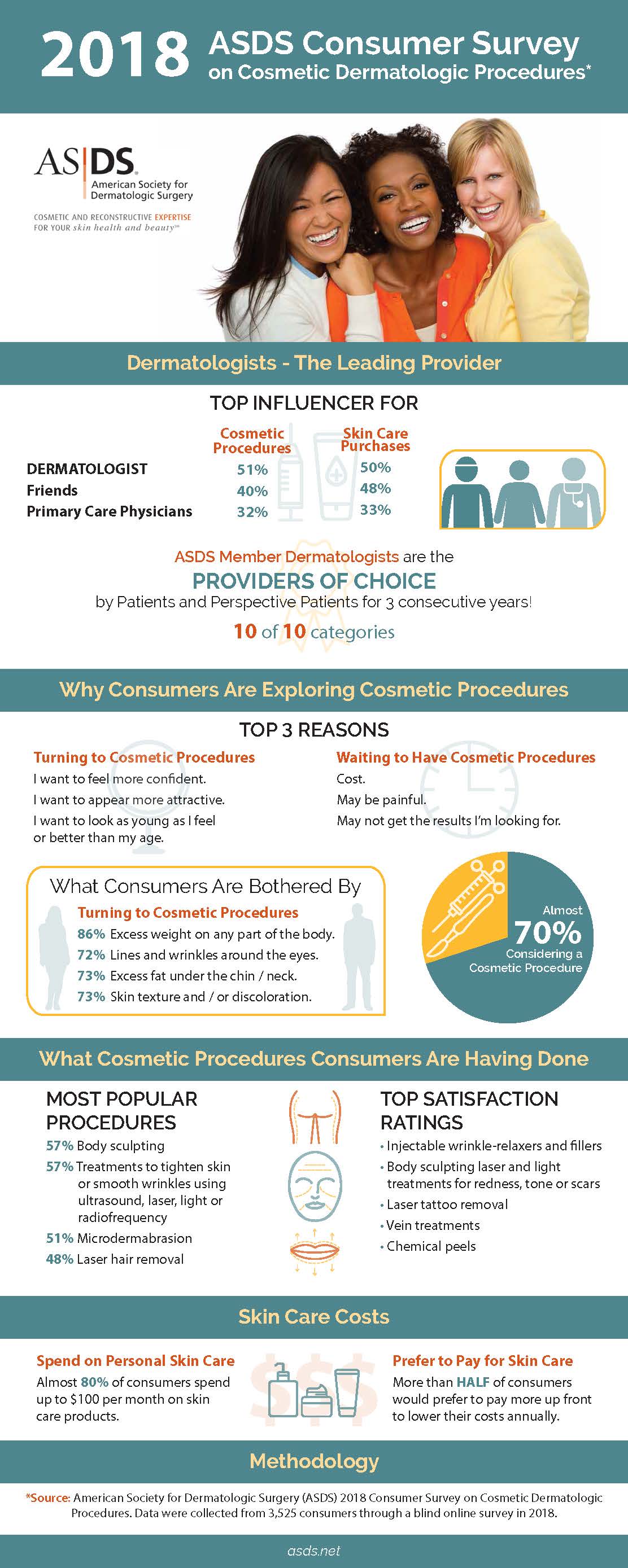Best Moisturizers For Acne Prone Skin
Best Moisturizers For Acne Prone Skin
Blog Article
Acne Treatment - What Are AHAs in Acne Treatment?
AHAs are a crucial active ingredient for unclogging pore clogs and lightening up acne-prone skin. They function by breaking down dead skin cell accumulation to promote more recent, fresher cells, and avoiding future blockages.
Developing topical AHAs necessitates meticulous interest to various vital aspects that considerably influence their effectiveness and tolerability. Maintaining the optimum pH range, in addition to automobile selection and focus, enhances their exfoliative features while alleviating potential negative reactions.
Glycolic acid
Glycolic acid is recognized for its mild yet reliable exfoliating properties, which advertise skin's natural dropping and loosen the "adhesive" that holds dead cells externally of the skin. This assists unblock pores and lessen the look of fine lines and creases, in addition to boost overall skin appearance and tone.
Surprisingly, topical glycolic acid has also been shown to boost the production of collagen, which is vital in keeping skin's firmness and elasticity. It is necessary to note, nevertheless, that due to the fact that glycolic acid can stimulate the skin's sensitivity to sunshine, it is vital to wear sunscreen when utilizing any kind of products including this active ingredient.
Dermatologists pay careful interest to the solution of items containing AHAs in order to enhance their effectiveness and tolerability. Creating AHAs with the appropriate car, together with pH and focus considerations, allows for ideal skin infiltration while decreasing potential unfavorable responses. This is specifically critical for patients with sensitive skin, because AHAs are recognized to be gently bothersome.
Lactic acid
Lactic acid is found in numerous over the counter skin treatment items and some more powerful professional peels and treatments. It has the lowest molecular weight of all the AHAs and is able to permeate much deeper right into the skin, where it is extra reliable at unclogging pores and scrubing.
Like glycolic acid, it also stimulates collagen synthesis, which helps diminish fine lines and wrinkles and improve skin structure. Furthermore, it has moisture-retention residential properties, that makes it preferable for drier skin kinds than other AHAs.
The extensive body of medical data validating the effectiveness of topical AHAs supports their utility in a vast array of skin-related ailments and visual worries. These consist of complex skin restoration treatments, depletion of fine lines and wrinkles, lightening of hyperpigmentation, therapeutic intervention for actinic keratosis, and acne monitoring [2] Maximizing the solution of AHAs by stabilizing pH, focus, and automobile choice additionally improves their restorative capacity. These mindful factors to consider make it possible for skin doctors to provide risk-free and efficient treatments that offer exceptional medical results.
Mandelic acid
Mandelic acid, originated from almonds, is another member of the AHA family members and is a prominent component in products that aid deal with acne. Its larger molecular size suggests it passes through the skin a lot more slowly and gently, which can lower the capacity for inflammation. It's also much less most likely to set off redness and various other skin level of sensitivity issues, making it suitable for delicate skin kinds.
Mandelic Acid is thought to help reduce swelling and boost hydration. It works by loosening up the bonds between dead skin cells, allowing them to lose and expose fresher-looking skin. It also helps in reducing the look of enlarged pores.
Creating topical items with AHAs requires a specific equilibrium of essential factors that dramatically affect their efficacy and tolerability. Specifically, the pH of an AHA formula has been revealed to play a vital role in its capacity to promote peeling and improve complexion and structure. Achieving this optimum concentration is a tough goal and requires careful attention to the numerous elements that influence the formula process.
Citric acid
Citric acid, located in citrus fruits such as oranges and lemons, is a mild AHA. It's much less annoying than glycolic or lactic acid, making it more suitable for delicate skin. It also has astringent residential properties, assisting to dry excess oil.
Like other AHAs, citric acid can be used in chemical peels and everyday active/maintenance treatments to scrub the skin and promote cell turn over. It can help reduce the look of dark places and hyperpigmentation, along with great face lines.
It can also increase the synthesis of glycosaminoglycans, which play an essential function in enhancing the skin obstacle feature. This aids to avoid trans-epidermal water loss, and preserve optimum hydration levels in the skin [35]
AHAs can be incorporated with relaxing ingredients such as ceramides or hyaluronic acid to enhance their tolerability. They can be incorporated right into daily active/maintenance skin care via cream or product formulas. This permits specialists to customize california their AHA treatments based upon person requirements and choices, with the flexibility of selecting from various treatment strengths or concentrations.